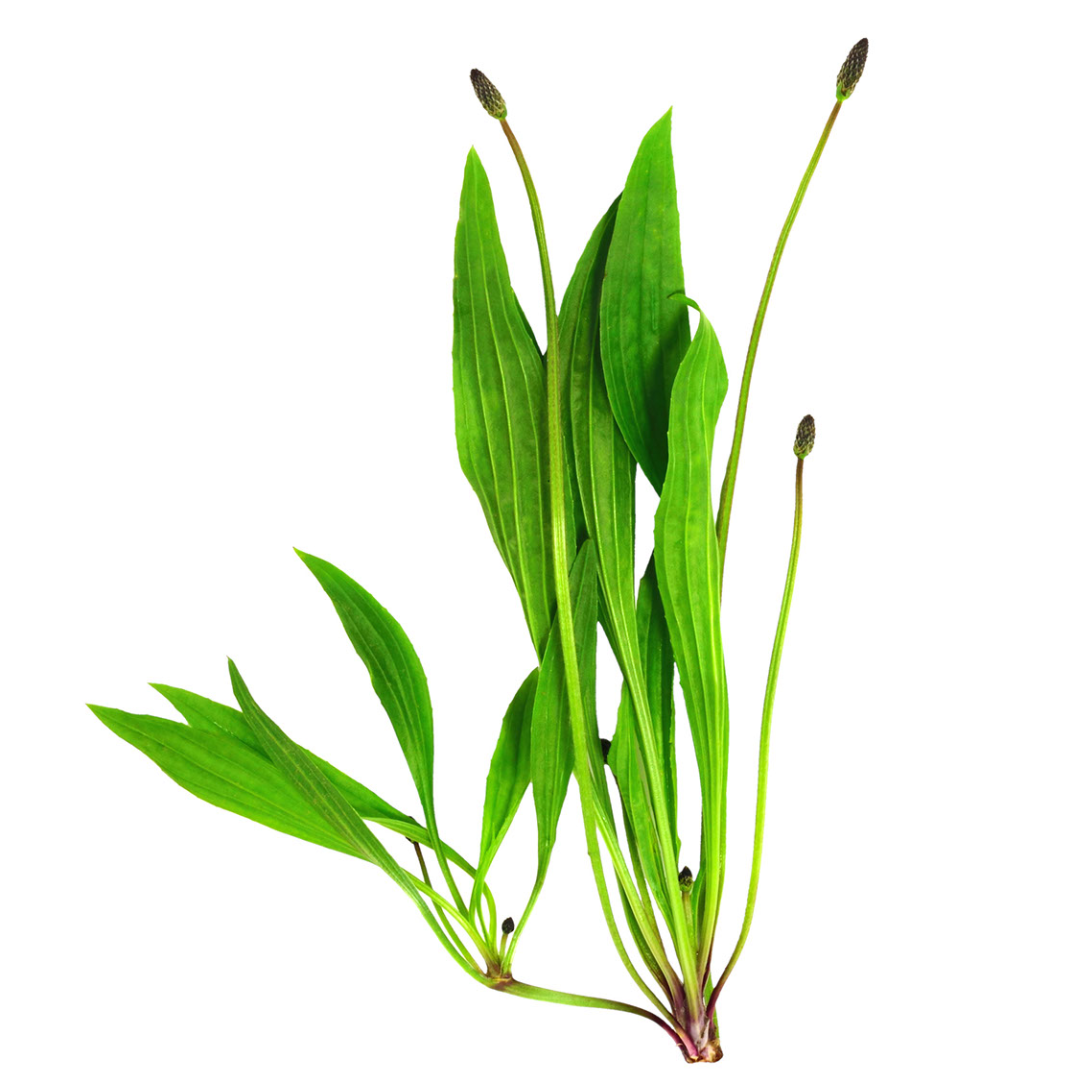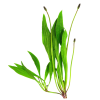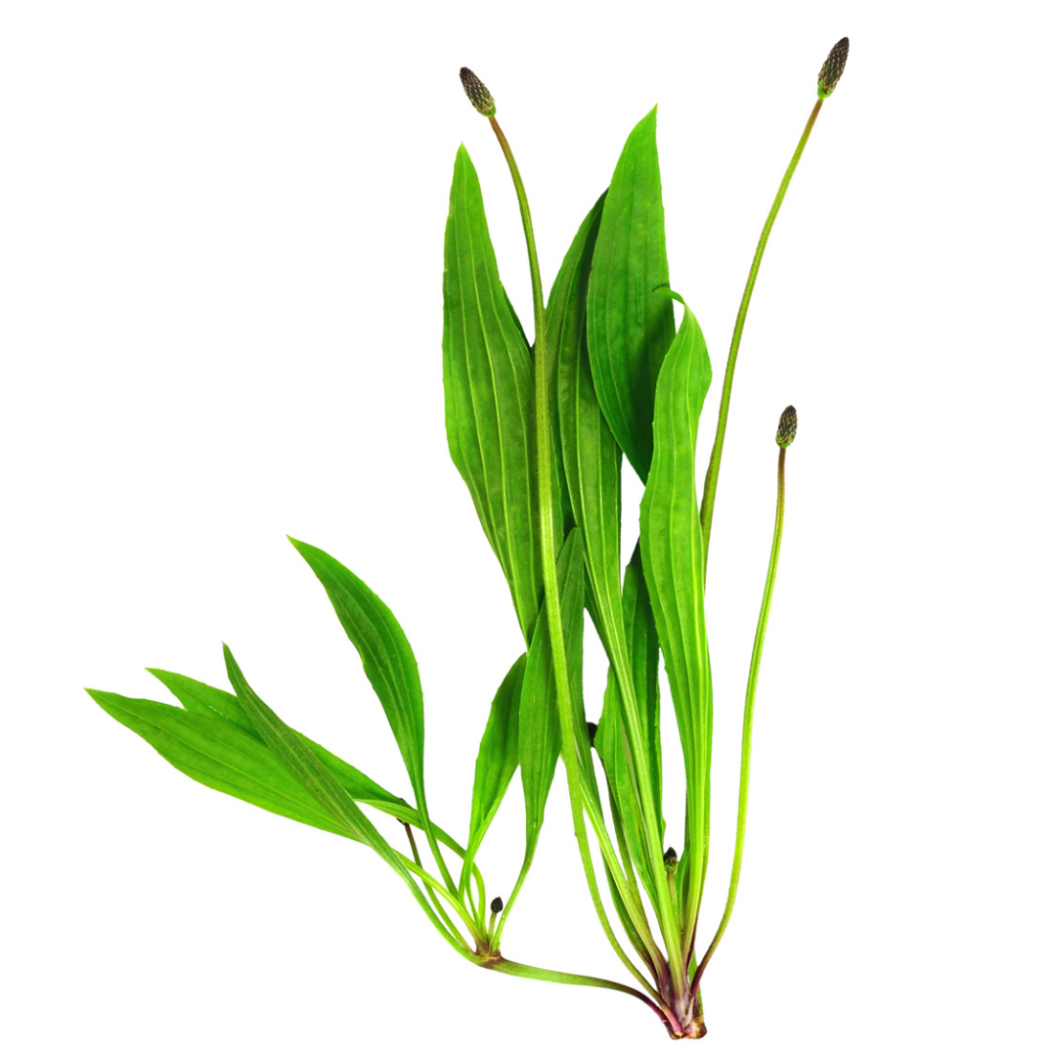



Buck’s Horn Plantain
DESCRIPTION: The Buck's Horn Pllantain is native to Europe, North Africa, and Asia, but has been introduced to the United States. It is considered the an invasive species. The plant is capable of surviving in a wide range of growing conditions and can thrive in areas like roadsides, pastures, and waste areas.
SCIENTIFIC NAME: Plantago coronopus
OTHER NAMES: Narrowleaf Plantain, Crow's Foot, Crowfoot Plantain, Finger Plantain, Starweed, Swine's Snout, Blackjack, English Plantain, German Plantain, Ribgrass
LEAF TYPE: Broadleaf
FLOWERS: Flowers are small and inconspicuous, and they grow in dense, cylindrical spikes at the top of the stems. The flowers are greenish-white in color. They typically bloom from late spring to early fall, and the flowers give way to small, oval-shaped capsules that contain numerous tiny seeds.
LEAVES: Leaves are long, thin, dark green, and somewhat oval shaped. They will grow low to the ground in a circle around the stems. The edges of the leaves will be a bit wavy or jagged like a torn piece of paper. The leaves should feel tough and leathery with dark green promenent veins running the lenght of the leaf.
LIFE CYCLE: Perennial
HOW TO IDENTIFY: The best way to identify is the long, narrow dark green leaves with a slightly wavy or jagged edge. The leaves will be low to the ground and form a circle around the center with prominent dark green veins running the length of each leaf. Flowers will be small and greenish white cylindrical spikes atop a tall, skinny stem.
MECHANICAL CONTROL RECOMMENDATIONS:
1. Hand pulling - More Info
2. Mowing - More Info
3. Hoeing or Cultivating - More Info
4. Mulching - More Info
5. Flame Weeding - More Info
6. Lawn Edging - More Info
7. Overseeding and Lawn Care - More Info
8. Manual Removal Tools - More Info
It's essential to remember that mechanical control alone may not entirely eliminate Poa annua, especially in areas where the grass is actively managed, like golf courses and sports fields. Combining mechanical methods with chemical control and cultural practices can offer more effective long-term management. Always follow best practices and local regulations when using herbicides or pesticides. For large-scale control efforts, it's a good idea to consult with a professional turfgrass manager or horticulturist.
CHEMISTRY RECOMMENDATIONS:
"Pre-emergent herbicides:
Prodiamine: This is a widely used pre-emergent herbicide that can be effective against many broadleaf weeds, including Plantago coronopus. It's important to follow the manufacturer's instructions and apply it at the appropriate time before weed seed germination.
Dithiopyr: Another common pre-emergent herbicide that can help control buckhorn plantain. Like with any herbicide, proper application timing is crucial for its effectiveness.
Isoxaben: This herbicide is effective against a range of broadleaf weeds and may provide control over Plantago coronopus if applied correctly before weed seeds germinate.
Pendimethalin: This herbicide works well on a variety of broadleaf and grassy weeds, and it might offer control against buckhorn plantain. Ensure to apply it before weed seeds start to germinate.
Post-emergent herbicides:
2,4-D: 2,4-D is a widely used herbicide that targets broadleaf weeds. It can be effective against Plantago coronopus when applied according to the manufacturer's instructions.
Dicamba: Dicamba is another broadleaf weed herbicide that can be effective against Plantago coronopus.
Triclopyr: Triclopyr is often used to control woody plants and certain broadleaf weeds.
MCPA: MCPA is another herbicide that targets broadleaf weeds.
Clopyralid: Clopyralid is a selective herbicide that targets certain broadleaf weeds, including Plantago coronopus.
Glyphosate: Glyphosate is a non-selective herbicide that can be effective against a wide range of weeds, including Plantago coronopus.
Selective herbicides:
Clopyralid: Clopyralid is a herbicide that targets certain broadleaf weeds, including Plantago coronopus, while being less harmful to grasses. It can provide effective control when applied properly.
MCPA: MCPA is a selective herbicide that primarily targets broadleaf weeds. It can be effective against Plantago coronopus while having less impact on grasses.
Triclopyr: Triclopyr is often used to control woody plants and specific broadleaf weeds. It can be selective in its impact, targeting Plantago coronopus while being less harmful to grasses.
Fluroxypyr: Fluroxypyr is a selective herbicide that can target certain broadleaf weeds, including Plantago coronopus.
Quinclorac: Quinclorac is a selective herbicide that primarily targets broadleaf weeds, including Plantago coronopus.
Sulfentrazone: Sulfentrazone is a selective herbicide that targets certain broadleaf weeds.
Non-Selective herbicides:
Glyphosate: Glyphosate is one of the most commonly used non-selective herbicides. It kills a wide variety of plants, including Plantago coronopus.
Glufosinate: Glufosinate is another non-selective herbicide that can effectively control a range of weeds, including Plantago coronopus.
Diquat: Diquat is a fast-acting non-selective herbicide that can provide control over various weeds, including Plantago coronopus.
Paraquat: Paraquat is a non-selective herbicide that's used to control weeds in various settings.
Pelargonic Acid: This is a fatty acid-based non-selective herbicide that works by desiccating plant tissues.
Recommended Prevention
Recommended Control

